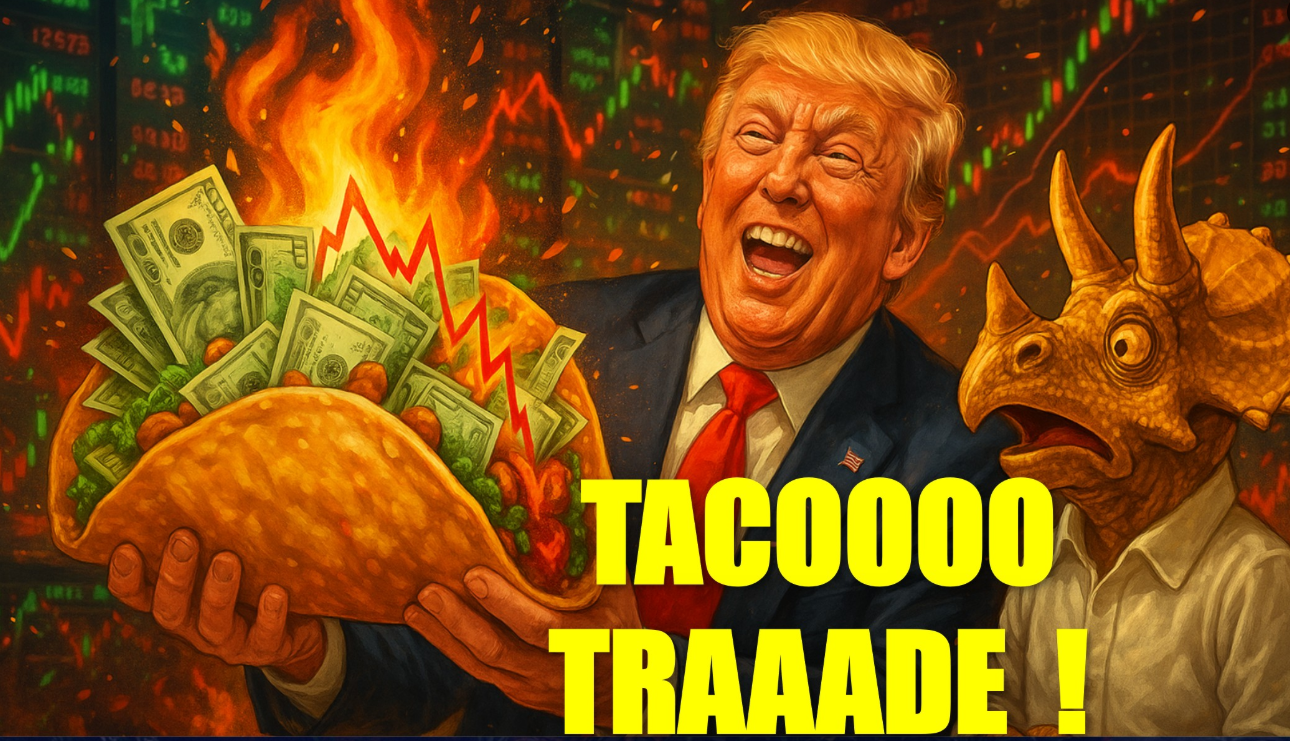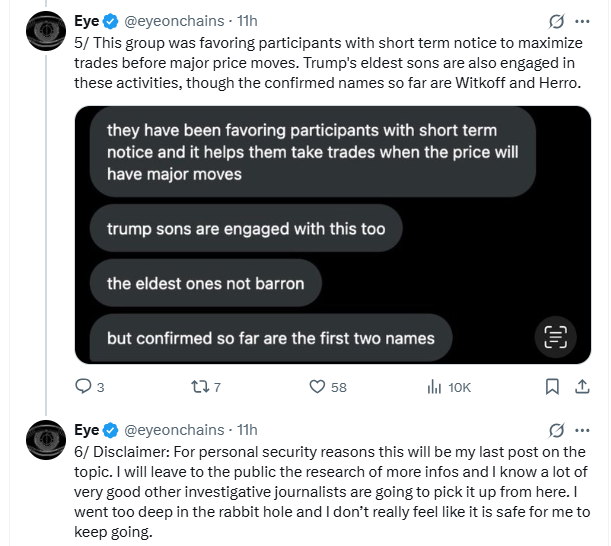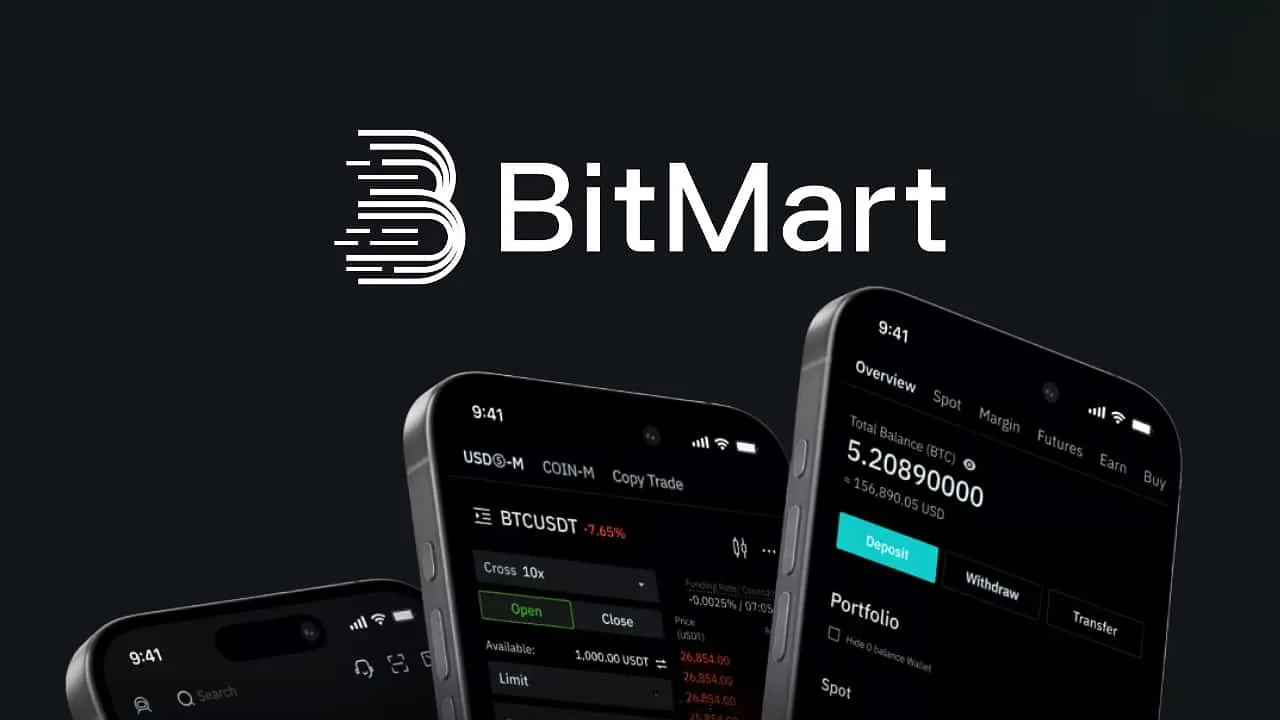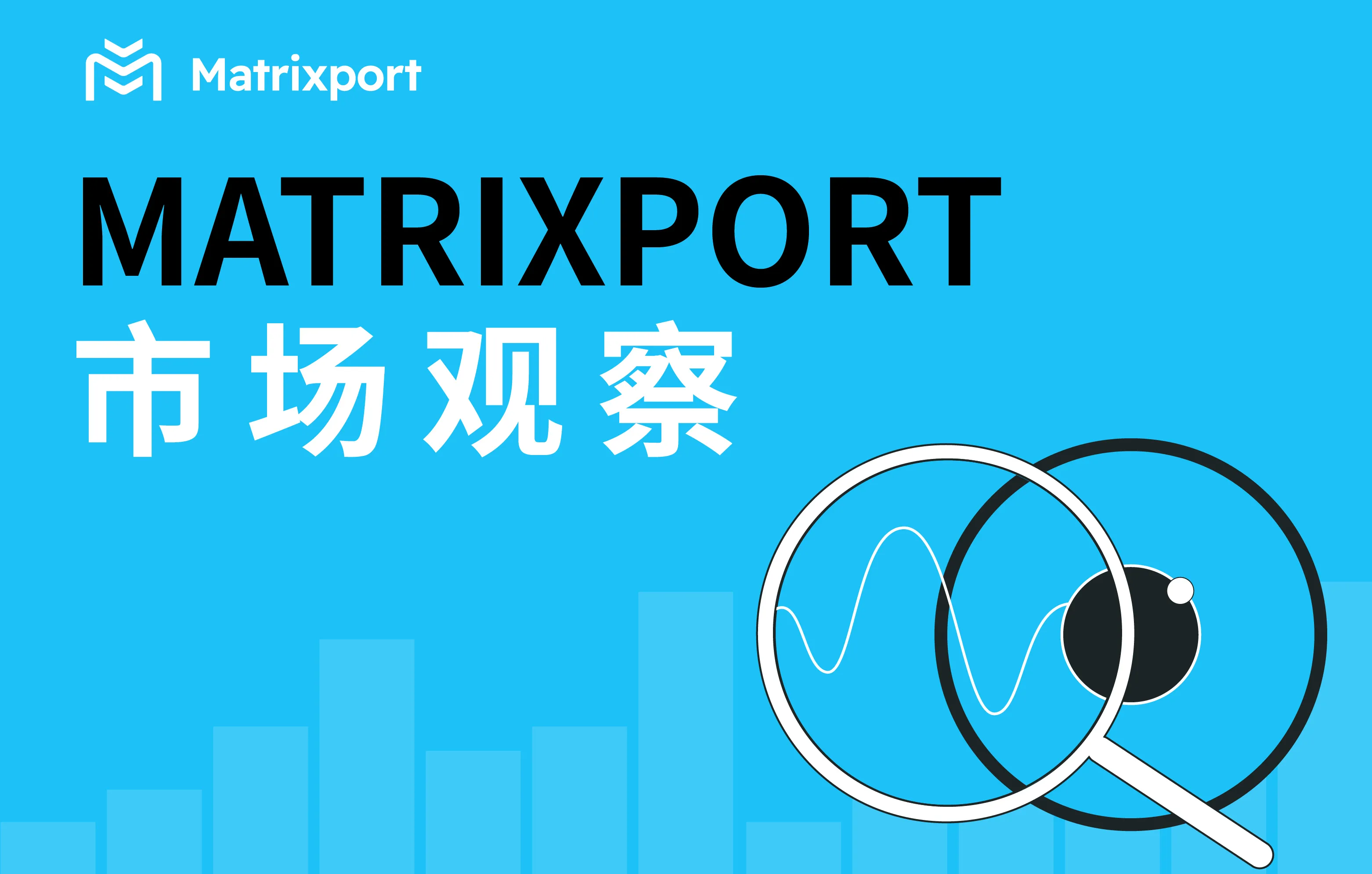“TACO Trading”: Market Response Driven by Policy
1. The Concept of “TACO Trading”
The concept of “TACO” was first proposed by Financial Times columnist Robert Armstrong in May of this year, standing for “Trump Always Chickens Out.” This concept originates from the typical policy style of U.S. President Trump, who often creates negotiation leverage through strong rhetoric or radical measures on issues such as trade and tariffs, thereby generating political pressure and public opinion momentum; however, when market volatility intensifies or the economy comes under pressure, he quickly softens his stance to avoid causing substantial damage to the economic fundamentals. This pattern of applying pressure followed by concessions has gradually formed a predictable policy cycle in the market, becoming an important clue for understanding the rhythm of Trump’s policies and their market impact.
Based on this logic, “TACO trading” is defined as a speculative strategy centered around policy changes, with its core being the identification of short-term coordination between political signals and market prices. “TACO trading” typically presents a complete cycle of policy signal triggering, market response amplification, and emotional repair convergence. The process often begins with the release of strong policy signals on political issues, such as announcing tariffs, export controls, or sanctions, which quickly raises market risk premiums and triggers uncertainty; subsequently, the market completes a repricing in a short time, with leveraged and derivative positions being passively liquidated, leading to a sharp decline in asset prices; when the policy tone shifts to pragmatism or signs of compromise emerge, market confidence gradually recovers, risk appetite rebounds, and capital flows back in, thus completing the cycle from emotional selling to rational repair. It is noteworthy that “TACO trading” often exhibits distinct timing and rhythm characteristics. Strong signals are often released on weekends or at night, creating price gaps and emotional shocks due to liquidity voids, while softer statements usually appear on weekdays to guide expectations back to stability and repair market sentiment.

Source: tradosaure
2. The Crypto Link Triggered by “TACO Trading”
As the logic of “TACO trading” continues to manifest in the market, its impact has transcended traditional assets, particularly evident in the crypto market. For instance, on October 10, U.S. President Trump announced on Truth Social his plan to impose an additional 100% tariff on Chinese exports and requested the Commerce Department to implement export controls on key Chinese software and rare earth-related products by November 1. This sudden statement was seen by the market as the biggest shift in U.S.-China trade policy since 2020, prompting a repricing of “global supply chain disruption risks.” Consequently, U.S. stock futures plummeted, with the Dow Jones Industrial Average falling by 1.9% and the Nasdaq dropping by 3.6%. However, just two days later, the White House's tone shifted significantly. On October 12, Trump emphasized in a speech that he “hopes to resolve differences through cooperation,” and U.S. Vice President Pence stated that “the tariff plan is still under evaluation.” On October 13, the Dow Jones rebounded by 1.3%, and the Nasdaq bounced back by 1.6%, with market risk appetite quickly recovering. The rhythm from strong pressure to soft repair once again confirmed the characteristics of “TACO trading,” creating short-term panic through political signals and then correcting to release a trading rebound.
Compared to traditional assets, the cryptocurrency market exhibited higher sensitivity and amplification effects during this “TACO trading” cycle. Due to its high leverage structure, continuous trading mechanism, and liquidity-driven characteristics, crypto assets became the first responders to policy uncertainty. On October 11, Bitcoin’s price plummeted from a high of $114,500 to $104,800, with a single-day drop of over 8%; Ethereum briefly fell below $4,000. The “October 11 crash” also became the largest liquidation event in cryptocurrency history, with a total forced liquidation scale of $19 billion across the market, as major exchanges triggered automatic deleveraging mechanisms, causing funding rates to drop to their lowest levels since the end of the 2022 bear market. With the policy tone softening and risk sentiment repairing on October 12, Bitcoin rebounded first to above $115,000, and Ethereum also returned to $4,100. This indicates that the crypto market is becoming the most emotionally elastic market in the “TACO trading” chain. Its price fluctuations not only synchronize with the risk premium adjustments of traditional markets but also deepen the impact of policy signals on the market through emotional feedback.

Source: tradingview
3. The Gray Boundaries of “TACO Trading”
Following the dramatic volatility triggered by “TACO trading,” the market began to focus on the hidden dangers behind it. Was this crash a natural response to policy expectations, or a carefully designed liquidity trap by specific capital groups? On-chain analyst Eye pointed out that there were significant anomalies in short-selling behavior before the crash. Subsequent exposure of on-chain transaction records and associated wallets further corroborated this analysis. Between October 8 and 9, a whale account named Garrett Jin sold approximately 35,000 Bitcoins on the Hyperliquid platform over two consecutive days while simultaneously establishing a $735 million BTC perpetual short position. From the evening of October 10 to the early morning of October 11, quantitative strategies on major platforms like Hyperliquid and Binance triggered risk control thresholds, causing the total liquidation amount across the network to soar to $9 billion within an hour, becoming the direct catalyst for the “October 11 crash.” On-chain tracking further revealed that the funds associated with large short positions were deliberately split before the operation and repeatedly transferred through multiple addresses. A few hours later, some of the funds flowed back into several Binance deposit accounts. Among these transfer paths, one was confirmed to flow to the Ethereum domain name ereignis.eth, with the address activity time highly coinciding with the aforementioned account, indicating that these funds likely originated from the same controlling party.
Recent developments further reveal the complexity of the gray area of “TACO trading.” Eye stated that Garrett Jin may only be an agent, and the informant may not have directly provided information to him but rather relayed it through intermediaries, with this key information coming from insiders who have access to the U.S. President’s staff. Analysis suggests that the core operators are suspected to be Zach Witkoff and Chase Herro (both co-founders of Trump family crypto project World Liberty Financial), who are believed to have utilized information in advance to organize internal trading groups to establish highly advantageous positions before the policy announcement, thereby amplifying market volatility. Eye even hinted that Trump’s eldest son might also be involved. On October 14, Eye stated that further disclosures would be halted for personal safety reasons, but this is enough to indicate that when policy expectations become tradable signals, the boundary between the crypto market and power information is quietly being broken.

Source: @eyeonchains
4. The Double-Edged Nature of “TACO Trading”
The rise of “TACO trading” essentially reflects a self-adaptive pricing mechanism formed in an environment where policy is dominant and fundamentals take a back seat. Investors increasingly make judgments based on policy signals, with policy gradually replacing economic data as the primary variable influencing asset prices. Whether it is interest rate expectations, regulatory attitudes, or geopolitical statements, they are quickly transformed into trading actions. The crypto market, due to its continuous trading hours, strong liquidity, and responsive nature, has become a real-time radar for policy expectations. This indeed enhances the market's response efficiency but also brings structural issues. The connection between prices and real economic activities is weakened, and trading resembles betting on policy shifts rather than the fundamental value of agreements.
A deeper risk lies in the implicit premise of “TACO trading” that policies will ultimately return to stability. However, when the market generally bets on a return, the trading behavior itself may influence policymakers' judgments through price signals, thereby amplifying volatility and uncertainty. For the highly leveraged and sensitive liquidation mechanism of the crypto market, this feedback loop is particularly dangerous and could even evolve into systemic liquidity risk. In this sense, “TACO trading” is both a strategic framework and a mirror reflecting market behavior. In such an environment, investors may need to pay more attention to liquidity safety and the elasticity of risk exposure, while recognizing that true competitiveness lies not in predicting the speed of policy shifts but in maintaining robustness and adaptability amid policy uncertainty.
免责声明:本文章仅代表作者个人观点,不代表本平台的立场和观点。本文章仅供信息分享,不构成对任何人的任何投资建议。用户与作者之间的任何争议,与本平台无关。如网页中刊载的文章或图片涉及侵权,请提供相关的权利证明和身份证明发送邮件到support@aicoin.com,本平台相关工作人员将会进行核查。



